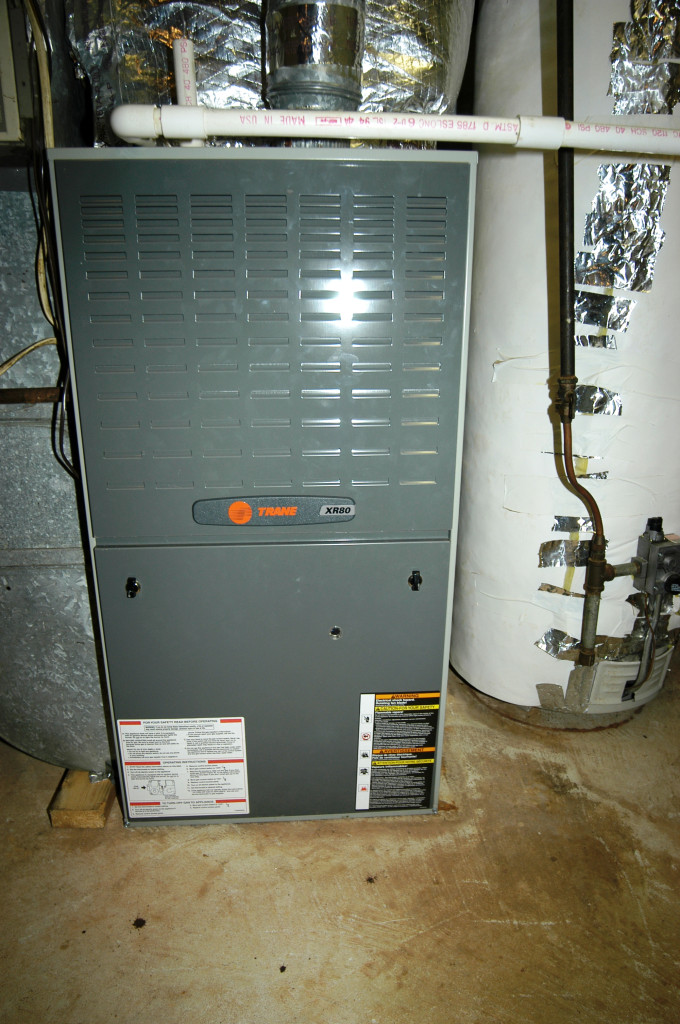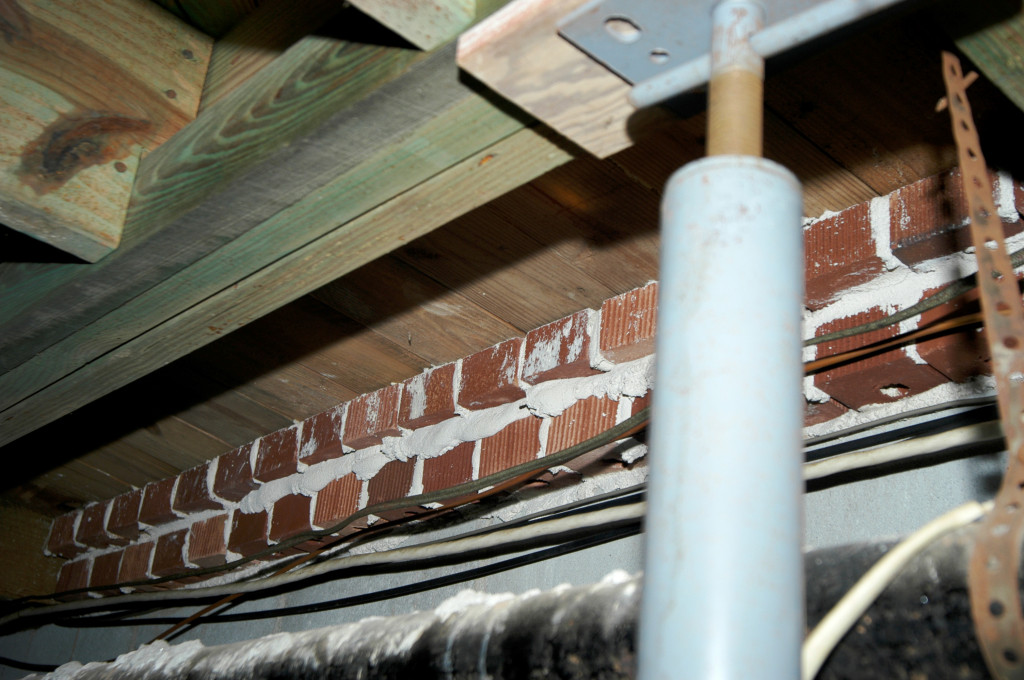SELLERS DISCLOSURE STATEMENTS A Win – Win Document for Buyers and Sellers
SELLERS DISCLOSURE STATEMENTS A Win – Win Document for Buyers and Sellers
 “Why do I need to fill out another form?”
“Why do I need to fill out another form?”
It’s a question I am often asked by sellers when they list their home for sell. An easy answer is
“because you have to.”
The real answer is: because you are protecting yourself against all kinds of problems down the road – problems that can pop up years after you have sold and closed your home.
One of the first things we ask sellers to do is fill out a detailed Sellers Disclosure Form, provided by the Georgia Association of Realtors. A Sellers Disclosure Form is a document which details items that need to be repaired, material facts about the property, and other factual information which could negatively impact the financial value of the property. This is a binding legal document when executed properly by the parties to a contract.
Why on earth would any seller want to disclose negative information about their home?
The big reason can be found in the courtroom. Juries have awarded big settlements to buyers suing sellers after they find “hidden defects” in the home, which the seller covered up or intentionally forgot to mention. By disclosing these problems up-front, the seller has put the burden on the buyer to carefully inspect these areas and evaluate their future negative impact on the property.
Buyers benefit from the inclusion of a Sellers Disclosure Statement in the contract agreement in a much more obvious way. By carefully reading this document, a buyer can obtain factual information about a property that would not typically be available from a visual inspection.
 Buyers then have an opportunity to make an informed purchasing decision, to budget for work that needs to be done on the property, or seek expert counsel on particular disclosed zoning or legal matters.
Buyers then have an opportunity to make an informed purchasing decision, to budget for work that needs to be done on the property, or seek expert counsel on particular disclosed zoning or legal matters.
A word to buyers:
If the seller does not provide a Sellers Disclosure Statement, write a clause in the sales agreement specifying that a Sellers Disclosure Statement be completed by the seller and specify that this document is a part of the sales agreement. See a real estate attorney or your Realtor for assistance in wording this clause.
And, don’t forget to hand the Sellers Disclosure Statement to your independent home inspector. They need to know what the previous homeowner included so they can thoroughly investigate any areas of concern. On the whole, a Sellers Disclosure Statement protects both sellers and buyers. “Caveat emptor,” or “Buyer Beware,” is not a win – win way of doing business. All parties benefit from a more forthright and agreeable way of negotiating the purchase of a home.
In our next Post: What type of information is included on the Seller Disclosure Form?

